This is a guest post by Willie for Notes from Africa.
Full of energy we planned to start the new year with a nice outdoor excursion. Well, the original plan was to go “kloofing” (swimming/paddling) down through a long mountain river gorge. But too many other people had the same idea and so we (group of friends) had to switch to a beach walk. The beach walk turned out to be an excellent option – it was a cool, semi-cloudy day and we could start just before spring-low tide, ensuring that we had nice hard sand to walk on. The walk was along the Southern Cape coastline; from Buffelsbay to Sedgefield, a total distance of about 12 kilometres. This took approximately three and a half hours to complete. We have walked sections of the route before, but it was the first time that I walked the entire distance.
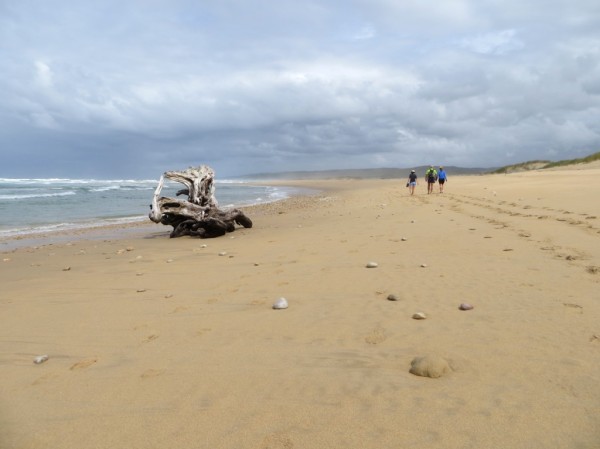
©WMB/notesfromafrica.wordpress.com

A weathered tree stump close to Buffelsbay. ©WMB/notesfromafrica.wordpress.com

A scorpion venturing close to the surf. Not its usual habitat! ©WMB/notesfromafrica.wordpress.com

©WMB/notesfromafrica.wordpress.com

©WMB/notesfromafrica.wordpress.com
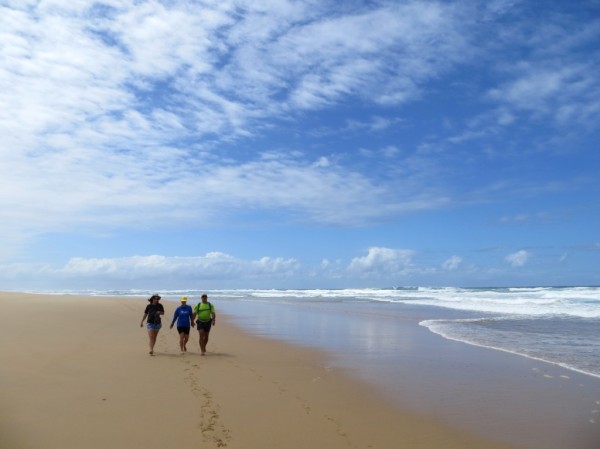
©WMB/notesfromafrica.wordpress.com

Black oyster catchers (or more correctly African Black Oystercatcher Haematopus moquini) on the appropriately named midsection of the walk called the Oysterbanks.©WMB/notesfromafrica.wordpress.com
Rocks along the coastline, sculptured by sea, sand and wind.
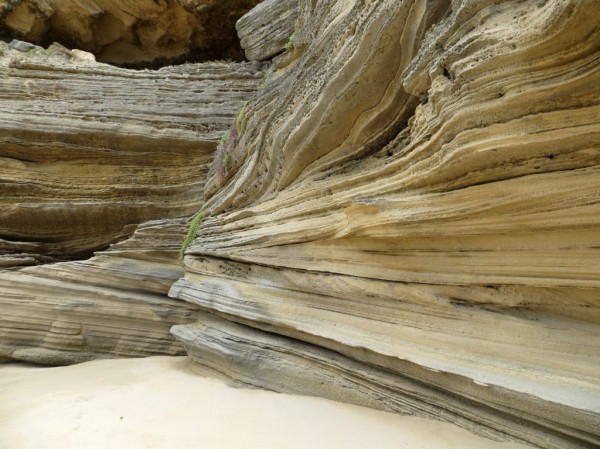
©WMBnotesfromafrica.wordpress.com
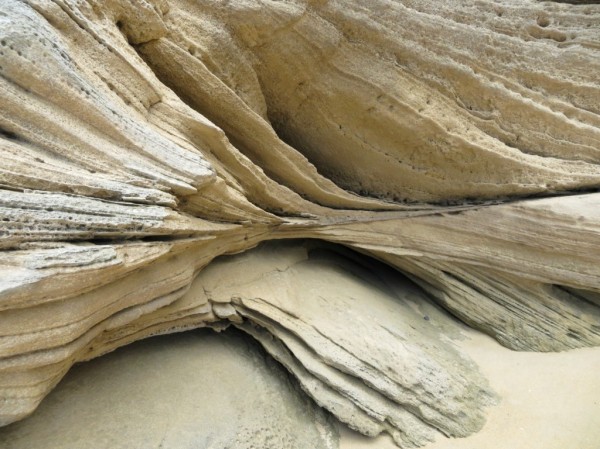
©WMB/notesfromafrica.wordpress.com

©WMB/notesfromafrica.wordpress.com

The only people we met along the way were these two fisherman. ©WMB/notesfromafrica.wordpress.com

A giant whale vertebrae found along the way. A large seagull feather on the side provide some sense of scale. ©WMB/notesfromafrica.wordpress.com

A similar whalebone resting on a rock shelve. The main group of walkers can be seen in the background. The photographer getting left behind because of all the photo opportunities.©WMB/notesfromafrica.wordpress.com
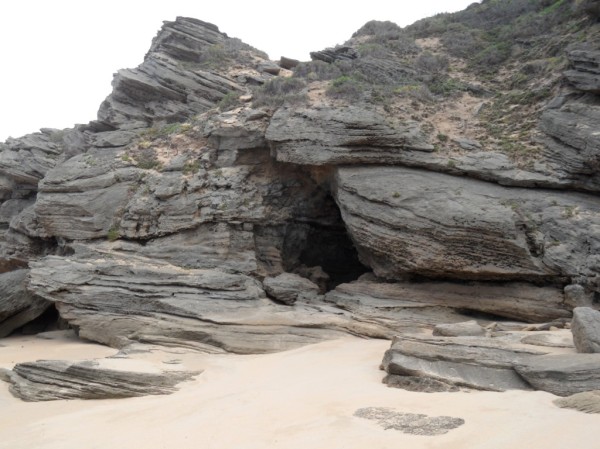
©Theo van Zyl

A rusted boiler from ship that washed out onto the beach. ©WMB/notesfromafrica.wordpress.com

Decay of the coastal dune belt is clear on this picture. This is the first time we have noticed this occurring on this section of coastline.©WMB/notesfromafrica.wordpress.com
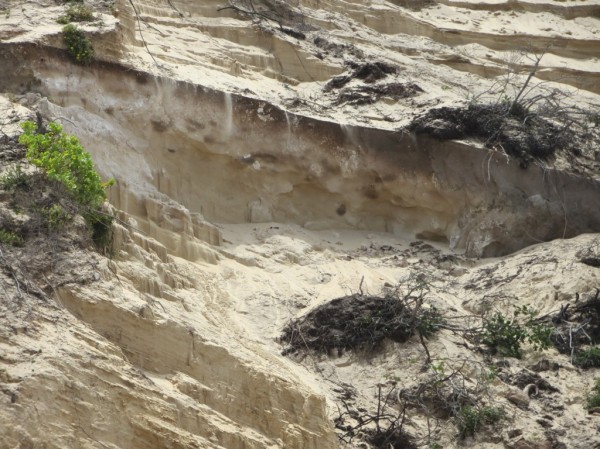
Section of the damaged dune with sand sifting down. ©WMB/notesfromafrica.wordpress.com
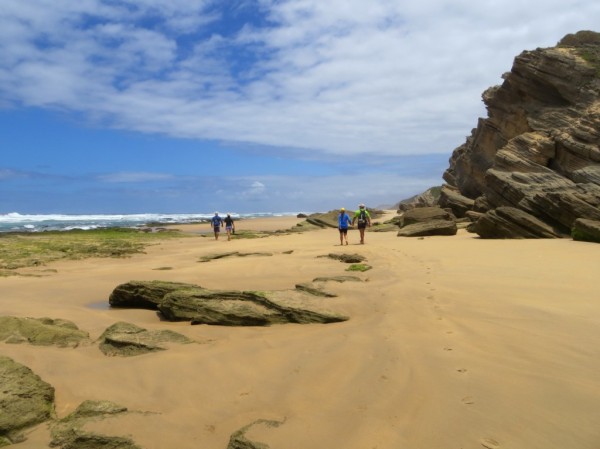
©WMB/notesfromafrica.wordpress.com

The abundance of oysters on the rocks show why the Oysterbanks name is so appropriate. ©WMB/notesfromafrica.wordpress.com

More whale bones, this time with our friend Heyns to provide some scale. ©WMB/notesfromafrica.wordpress.com
.
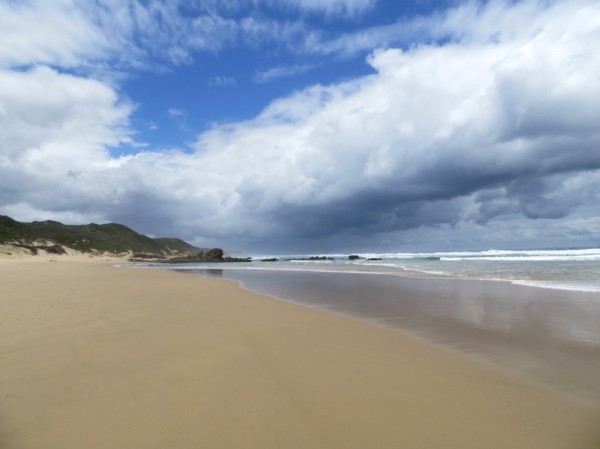
Nearing the end of the walk, looking back at Skuinsklip (translated as “slanted rock”) – a popular fishing spot. ©WMB/notesfromafrica.wordpress.com
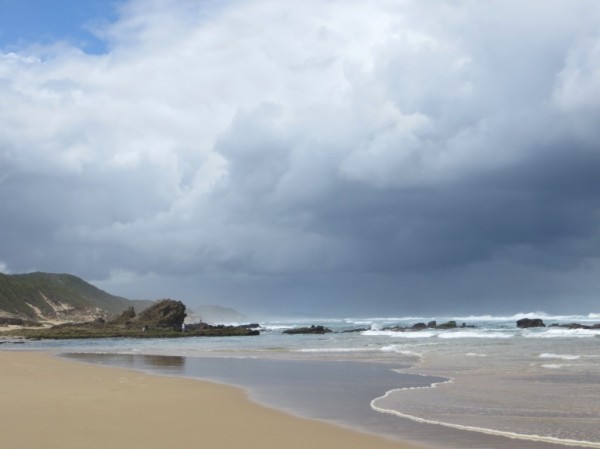
A close-up of Skuinsklip. ©WMB/notesfromafrica.wordpress.com

A photographer snapping another photographer in action. Me (AKA Willie) incognito, covered up to protect against the extreme UV conditions. ©Theo van Zyl
A Happy New Year to everyone!
Thank you to Theo van Zyl for allowing me to use some of his photographs for this post.







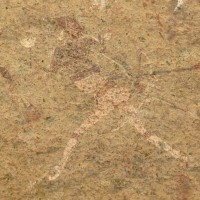
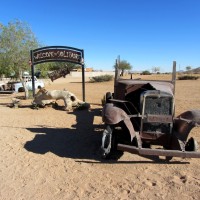

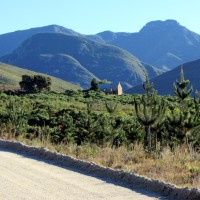
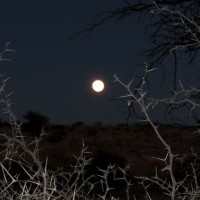

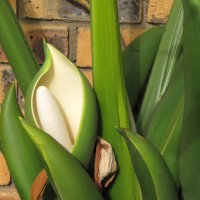
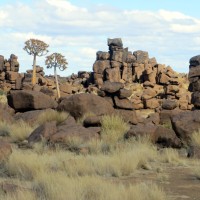


What a great beach.
Hi Debra – A great beach indeed, some wide open sand stretches combined with interesting rock formations.
Absolutely exquisite pictures. Did you indulge yourselves with some fresh oysters?
Happy New Year 🙂
Thanks Rayya. Happy New Year to you as well! Unfortunately, the Oysterbanks is in the middle of a marine reserve – removal of marine organisms is not allowed. If you like, you can enjoy fresh oysters in the nearby town of Knysna.
gorgeous
Thanks Liana, it was a brilliant day!!
Some of the finest beach scenery, and No people!! Wonderful!
Thanks, I agree. There are a number of walks like this in the Southern Cape, but you need to be prepared to put in some effort. The lack of other people on the beach is of course a huge bonus, especially on New Year’s day, which South Africans traditionally spend on the beach.
Just the idea of being on the beach in shorts on New Year’s Day is enticing!
I love the Oyster Catchers. What distinct coloring on their eyes and beaks!
Hi Jackie, yes a white Christmas is just not for me. Unlike me, Lisa is staring at the snow pictures being posted at this time from up North.
The Oyster Catchers are “Near threatened”, although we have them in fair numbers along the local coastline. The males and females look alike but the sizes are slightly different (females are larger). Interesting that the oystercatcher is apparently monogamous and the pairs mate for life. They also seldom “catch” oysters and concentrate on eating other open shellfish.
What a great way to begin the year: quite a distance! Love the photos – those rock formations tell their own story, don’t they! And the poor lost scorpion: obviously keep away from them, but that one was definitely out of its element! Have just come from another beachwalk in England: hope you don’t mind if I share your blog address!
Thanks Eha. I appreciated the diversity of things we encountered along the way. The rock formations are certainly testament to the harsh winter storms we have along the Cape coastline. Yes, this scorpion ventured too close to the surf, although they are fairly common in the dune areas. Hope your friends enjoy the pictures as well.
Beautiful photos. Amazing to see the rock formations and the miles of white beach without anyone else! I don’t know Buffelsbay or Sedgefield. How far is it from Cape Town?
Thanks Rosie. The coastal areas here are very busy during the holiday periods and “escaping” to a beach without people was certainly a bonus. Sedgefield is a small town that lies 465 km east of Cape Town. Buffelsbay is an even smaller coastal resort that lies just east of Sedgefield, on the way to Knysna.
Hi Willie, I’m sure the beaches around Cape Town would be packed over the Christmas holidays. I guess 465 km isn’t too too far to escape the crowds!
Hi Rosie, fortunately we live in the Southern Cape and not in Cape Town, so this beach is less than 50 km travel away from us 🙂
Beautiful, beautiful beaches and magical photos. Knysna and surrounding areas are just magic. Great post, many memories revisited!
Thanks Madoqua, it was a great place to spend New Year’s day! Will have to get Lisa to post some pictures of Knysna 😉
Lisa, I wish you a very happy 2013!!!!
Thanks Ellen, I hope that you have a year filled with good health, happiness and lots of fun!
Nothing better than a quiet beach for a lovely long stroll!
Happy New Year to the both of you 🙂
Unfortunately, there are no dogs allowed there (it’s a reserve area), so Rosie didn’t get to go. She would have loved it.
Happy New Year to you too! 😉
I love to look at patterns in nature, and you’ve captured many of them beautifully in these photos — as well as those black oyster catchers and the lone seagull. But what’s causing the damage to the dunes?
Thanks Bronxboy. I am always looking for lines converging or being repeated. Especially where it draws your eye to follow the lines in a specific direction.
Recently we have had some very high wave action (swells > 6 meters) together with spring high tides. I think that this excessive wave action eroded the base of the dunes causing the slide. The worrying factor is that severe winter storms and associated high seas on our coastline are not new. Maybe climate change and rising sea levels may actually play a role. Lisa is of the opinion that it is partly the normal long-term life cycles.
Whale bones- are you kidding me? Ya`ll get the wildest things on your beach!
Hi Emily. The wildest things on the beach were probably the people doing the walk 🙂 From this and the “Flood of Urchins” (http://wp.me/pYuZP-1J9) and “Under the sea” (http://wp.me/pYuZP-1Q2) posts you can see that there is always some surprise at the sea – that is probably one of the reasons why I always gravitate towards the ocean.
What unusual weather rock patterns – particularly like the picture with the green moss or algae growing on the rocks, such an odd juxtaposition of colours.
Hi Reggie. I also like the weathered patterns and tried to capture some more interesting views of the rocks. The surreal effect in the picture you referred to is created, I think, by a slightly unusual (or is that unnatural) shade of green. Wondered if there is some sort of connection to the fresh water lake (Groenvlei translated “green lake”) on the other side of the dune system, seeping through to the coast.
great shots…
Thanks! It’s a beautiful beach to walk on.